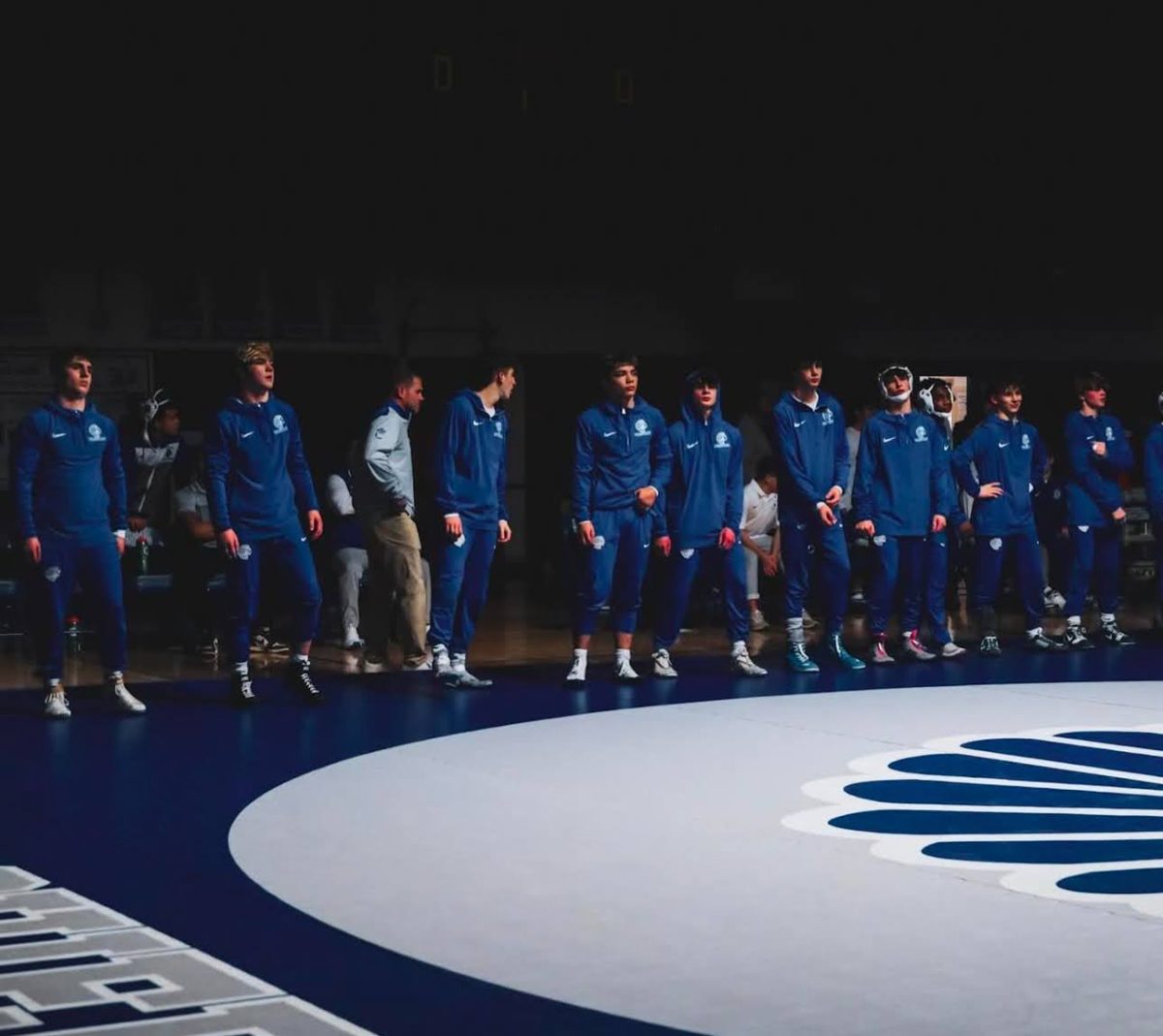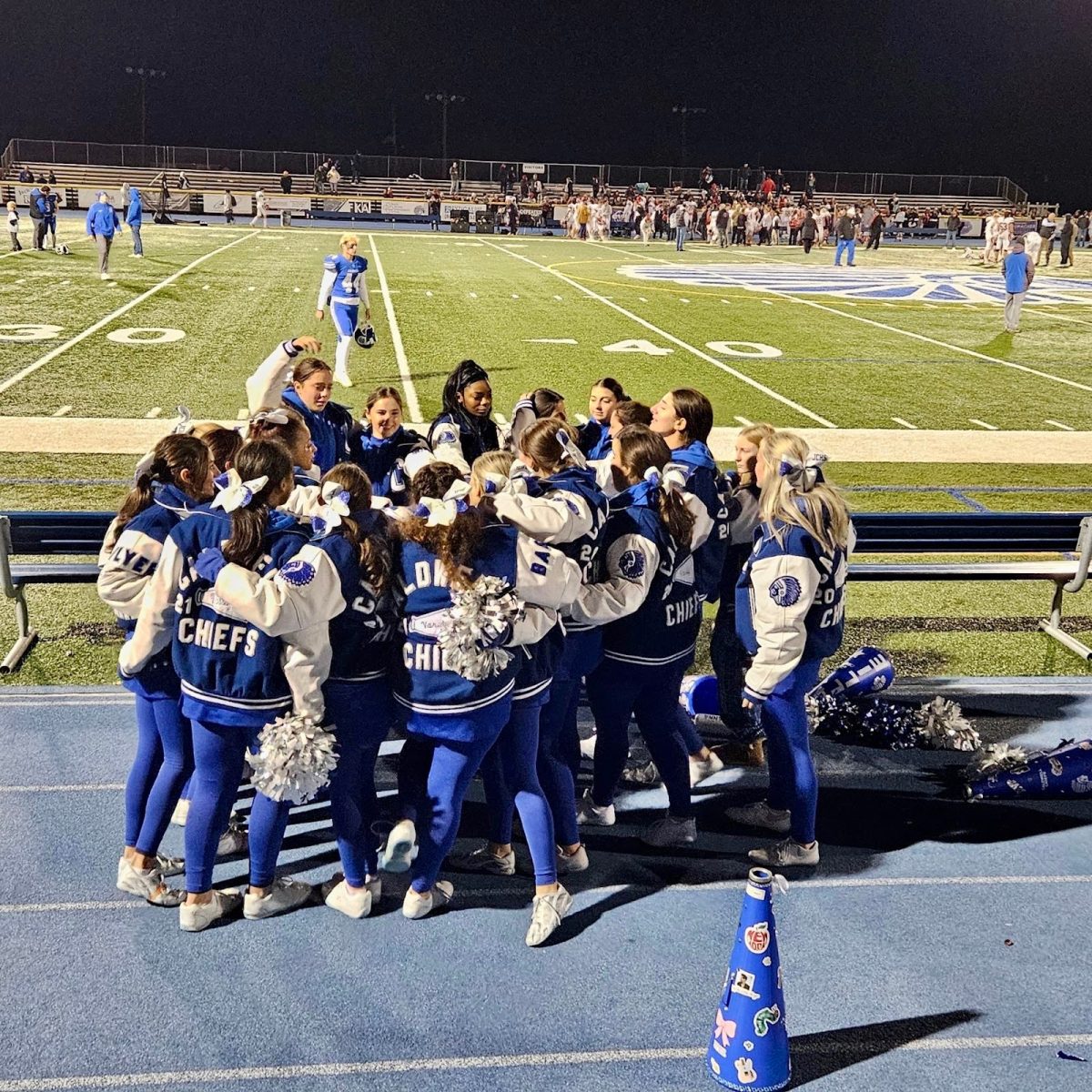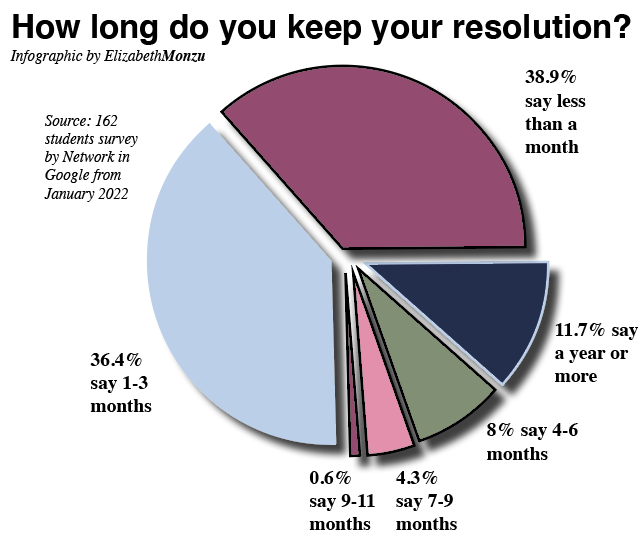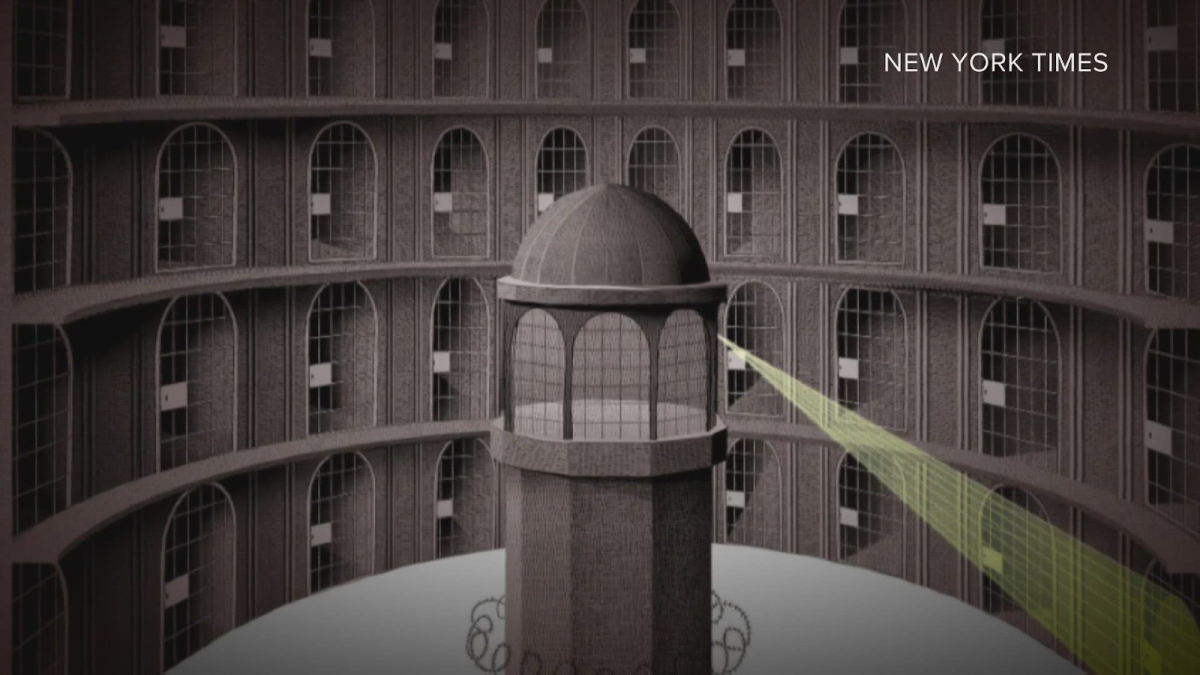At the time the article was written, the government was in shutdown. It no longer is.
On Tuesday, October 1, 2013, at midnight, the United States Federal Government shut down for the first time in 17 years. The shutdown is the result of a political deadlock in Congress, with Democrats and Republicans holding back on passing a budget bill, which funds the government for the 2014 fiscal year, which began on October 1. A major issue in Congress is the Affordable Care Act, often called “Obamacare.” The Republican-controlled House of Representatives refuses to pass a budget that continues to fund Obamacare, and the Democrat-controlled Senate will only pass a budget which continues the funding of Obamacare. In the days leading up to the deadline, the House passed numerous bills which would have resolved the budget crisis and defunded Obamacare, but were subsequently defeated overwhelmingly in the Senate. Even if one of these bills was passed by the Senate, White House officials say that it would be immediately vetoed by President Obama. Republican Senator Ted Cruz, in the week leading up to the deadline, held the Senate floor for a near-record 21 hours and 19 minutes, all of which was devoted to slamming Obamacare. He made numerous controversial statements, and at one point compared the budget/health care situation to the Dr. Seuss classic “Green Eggs and Ham.” In a poll from CNN, taken on September 30, the majority of those polled place the blame on congressional Republicans, with 46% faulting Republicans, 36% faulting the President and Democrats, and 13% faulting both. When no resolution was reached by approximately 11:30 pm on September 30, the Office of Management and Budget ordered federal agencies to begin preparations for an orderly shutdown. The US Government officially shut down at 12:00 am.
All federal agencies are affected by the shutdown, some more than others. The individual agencies have the responsibility of deeming employees “essential” to the operation of the government and protecting life and property. All other federal workers, nearly 800,000, are furloughed and ordered not to report to work. Furloughed workers are not paid during the shutdown. The 1.2 million active military personnel were not furloughed and kept on duty. However, under normal government shutdown procedures, members of the Armed Forces are not paid. This was resolved just before the shutdown went into effect, with the Pay Our Military Act, which was passed overwhelmingly by the House and Senat, and signed into law by President Barack Obama. The law states that all military personnel will be paid during the shutdown. The law also states that civilian employees of the Department of Defense can return to work, if they are deemed essential by the Secretary of Defense. On Saturday, October 5, Defense Secretary Chuck Hagel issued a memo stating that they have come to the decision, with the assistance of the Department of Justice, to recall most civilian employees of the Department of Defense. Secretary Hagel stated that “the Defense Department consulted closely with the Department of Justice, which expressed its view that the law does not permit a blanket recall of all civilians. However, DOD and DOJ attorneys concluded that the law does allow the Department of Defense to eliminate furloughs for employees whose responsibilities contribute to the morale, well-being, capabilities, and readiness of service members.”
During the shutdown, essential services, such as Medicare and Medicaid continue to operate and issue checks. Social Security is also funded through the shutdown. However, many services are not operating. The United States Postal Service, although it is technically part of the federal government, is not funded by taxpayers at all, and is therefore operating as usual across the nation. The Department of State is still issuing US Passports and Visas, and foreign Embassies and Consular services remain unchanged. The United States Supreme Court has sufficient funds to continue operation until at least October 11. Members of Congress are still receiving their paychecks, as well as their office staff and aides. In the case of Rep. Rodney Frelinghuysen, who represents New Jersey’s 11th Congressional District, which encompasses many areas of Essex County, including the Caldwells, has announced that only essential staff will be on hand in his Washington, D.C. and New Jersey offices.
Services deemed non-essential, however, are taking a massive hit. The Federal Communications Commission furloughed 98% of its regular workers. The Department of the Interior, which includes the National Park Service, has closed all 401 National Parks and Monuments, with only a few park rangers staying on the job. This includes the Statue of Liberty and Ellis Island, both of which are closed. The National World War II Memorial in Washington, D.C. was also closed and barricaded, prompting hundreds of veterans to take down the barricades and “break-in” to the memorial, although no action was taken against them. The Smithsonian Institution, comprised of 19 museums, mostly in Washington, D.C., is closed due to the lapse in funding. The Environmental Protection Agency told 93% of its workers to stay home, and the Treasury Department has furloughed approximately 90% of its workforce. The Department of Transportation has furloughed one third of its employees, and investigations into automotive accidents have been suspended. All 15,000 air traffic controllers are still on the job, but training for new controllers has been halted. The Department of Veterans Affairs is still providing full medical resources for veterans of US Armed Forces, but new claims of disability will not be processed. NASA will furlough all personnel and suspend all operations except for Mission Control, which is still providing full, uninterrupted support to the Americans on the International Space Station. The Department of Labor has halted all workplace safety inspections of locations that do not pose threats of injury or death under normal circumstances. A total of 82% of Labor Department workers are furloughed. Just 15% of workers at the Department of Justice are furloughed, as all law enforcement officers and agents remain on the job. However, many court officials, including judges for immigration courts, have been furloughed. The Department of Homeland Security has furloughed just 14% of its workforce, with all employees in law enforcement capacities remaining on the job. 45% of the Food and Drug Administration’s nearly 15,000 employees have been furloughed, resulting in the stoppage of routine food inspections. The National Weather Service, part of the Department of Commerce, kept many workers on the job, as many are critical to forecasting extreme weather conditions. Government websites were also affected by the shutdown. Virtually all websites with the domain ending in “.gov” are affected in some way. Many are displayed as usual, with a message informing visitors that the US Government is shut down, and the information on the specific website will not be updated due to the “lapse in funding.” However, some websites, like the National Park Service’s www.nps.gov, displays a shutdown message in place of the normal website, blocking access.
Now the question- how does the federal government shutdown affect the average citizen? The United States Department of Agriculture, which funds the reduced-price and free lunch programs in schools, says that schools nationwide should have enough money from the Department to sustain their programs until at least the end of October. The federally-funded SNAP program, also known as Food Stamps, will also continue to be funded through the shutdown. The US Department of Education expects that Pell Grants, as well as federal student aid, will continue to be paid, but money going to colleges could eventually be delayed or halted. Some students in science classes at James Caldwell High School felt the effects of the shutdown on Tuesday, when a planned trip to Sandy Hook beach, part of the Gateway National Recreational Area, was cancelled because the National Park Service was forced to close parks.
President Obama has estimated that a one week shutdown would cost the US economy approximately $10 billion. The Department of Labor, which releases the monthly unemployment report, did not release the September employment numbers on October 4. Surprisingly, when the New York stocks opened on Tuesday, October 1, they rose throughout the day and finished higher, with the Dow Jones Industrial Average closing at 15,192. Goldman Sachs estimates that a three-week shutdown would lower the United States GDP by 0.9%.
As of the time of publication, the United States Government remains shut down. Nearly one million federal workers are not being paid. All National Parks are closed. Even the Executive Office of the President of the United States has furloughed over 50% of its workforce. And if the shutdown wasn’t enough, the US will default on its debt on October 17. Congressional leaders have already vowed to work tirelessly to come to an agreement to allow the government to continue to borrow money. Speaker John Boehner, Republican leader of the House of Representatives, has said that he and his party are open to allowing the Democrats lead the discussions on the debt ceiling. Will the elected leaders come to a long-awaited agreement, or will the government continue on this path of economic devastation?




























